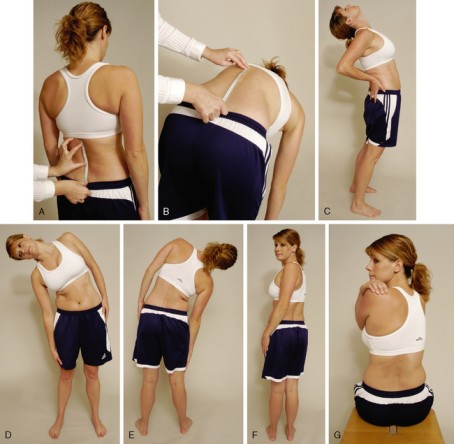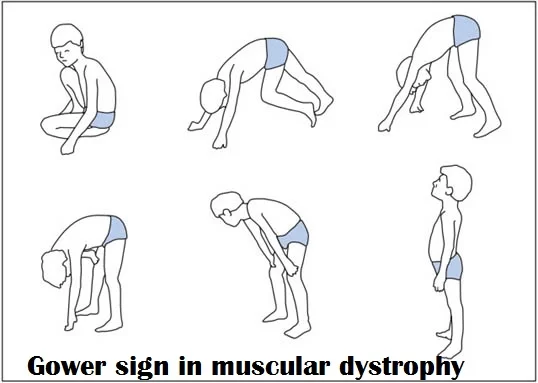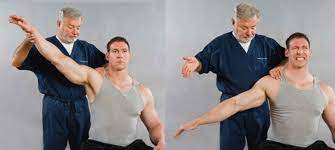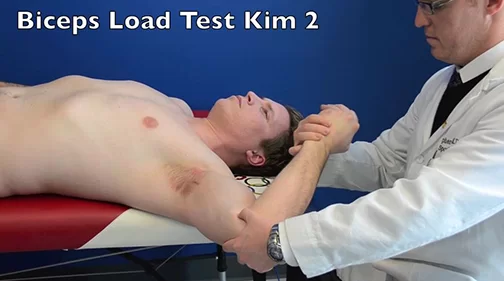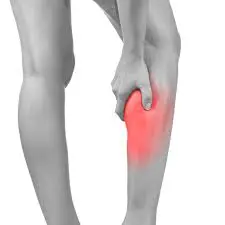H and I stability tests:
- This H and I stability test is applied to the clinic to check the lumbar instability.
- These clinical tests are applied by the therapist when the patient complains of back pain.
- This H and I stability tests were applied in the examination part of the assessment.
Purpose of the H and I stability tests:
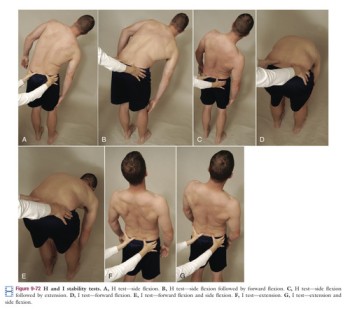
- This test is used to check the muscle spasms of the lumbar spine.
- This test is also used to detect instability of the lumbar spine.
How do you perform the H and I stability tests?
The first part of the H and I stability tests is the H movement.
- The patient stands in the normal resting position, which would be considered the center of the H.
- The pain- free side is tested first.
- The examiner has instructed the patient, with guidance from the clinician, to the lumbar side flexion as far as possible [ the side of H ].
- While in this position, the patient is then asked to flex [ the front of the H ] & then move into extension [ the back of the H].
- If flexion was more painful than extension, then the extension would be done before flexion.
- The patient then returns to neutral & repeats the movements to the other side.
- The clinician may stabilize the pelvic with help of one hand & guide the movement with the help of the other hand on the shoulder joint.
The second part of the test is I movement.
- The patient stands in the normal resting position, which would be considered the center of the I.
- Pain – free movement [ flexion /extension ] is tested first.
- with guidance from the clinician, the patient is asked to forward flex the lumbar spine until the hips start to move [ top part of I]
- Once inflection, the patient is guided into side bending [ to the pain-free side first I ] followed by a return to neutral & then side bending to the opposite side.
- The patient then returns to neutral standing & does the opposite movement followed by side bending.
- If a hyper mobile is present, at least two of the movements would be limited.
- If instability is present, one quadrant will again be affected, but only of the moves.
- For example, if the patient had spondylolisthesis instability in anterior shear [ a component of forwarding flexion ] & the I is attempted, the shear or slip occurs on forward flexion, & there is little movement occur during the attempted side bending/ flexion.
- If the H is attempted, the side bending is normal, & the following forward flexion is full because the shear occurs in the second phase.
- So, in this case, the I movement is limited but not the H movement.
- This H and I stability tests
- The test is primarily used for structural instability, but an instability jog may be evident during one of the movements if the loss of control occurs.
- In this case, the end range is commonly normal, but the loss of control occurs somewhere in the available ROM.

